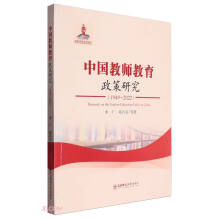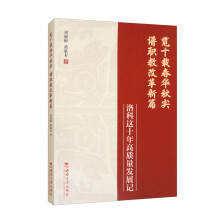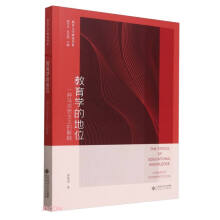Chapter 1 Introduction
1.1 A Brief History of Reading Research
1.2 Comparing L1 and L2 Reading
1.3 Information Processing Based Models of L2 Reading
1.4 Limitations of IP-Based L2 Reading Models
1.5 Goals of This Monograph
Chapter 2 Complex Dynamic Systems Theory
2.1 Complex Systems Consist of Diverse and Heterogenous Components
2.2 Complex Systems Are Dynamic
2.3 The Trajectory of Complex System Development Is Non-linear
2.4 The Development of a Complex System Is Through Iterative Processes
2.5 Complex System Are Sensitive to Initial Conditions
2.6 The Development of Complex Systems Is an Autocatalytic Process
Chapter 3 A CDST-Based Model of L2 Reading Ability Development
3.1 Preparatory Steps to Construct a L2 Reading Ability Development Model
3.1.1 Initial Conditions of the L2 Reading Ability System
3.1.2 Components of the L2 Reading Ability System
3.1.3 The Relationship Among Components
3.1.4 Environment of the L2 Reading Ability System
3.1.5 How the System and Environment Adapt to Each Other
3.1.6 State Space of L2 Reading Ability System
3.1.7 Timescales
3.2 Construction of a CDST-Based L2 Reading Ability Development Model
3.2.1 Review of Models in Applied Linguistics Based on the CDST
3.2.2 L2 Reading Ability Development Model Based on the CDST
3.3 CDST-Based Model Versus IP-Based Models: Different but Complementary
3.3.1 Differences in Conceptualization of L2 Reading and Its Development
3.3.2 Differences in Implications for Learning and Instruction
3.3.3 Differences in Implications for Research
3.3.4 Advantages of the CDST-Based Model
3.3.5 Complementarity Between CDST-Based and IP-Based Models
Chapter 4 L2 Reading Development: An Autocatalytic Process Functioned by Iteration
4.1 L2 Reading Development Is an Autocatalytic Process
4.2 The Development Is Functioned by Iteration
Chapter 5 L2 Reading and Vocabulary: A Reciprocal Relationship
5.1 Vocabulary Contributes to L2 Reading Comprehension
5.2 L2 Reading Contributes to Vocabulary Gains
5.3 The Reciprocal Relationship Between L2
Reading and Vocabulary
Chapter 6 L2 Reading Is Coalesced with LI Reading
6.1 L1 Morphological Awareness Influences L2 Reading
6.2 L1 Phonological Awareness Influences L2 Reading
6.3 L1 Reading Strategies Influences L2 Reading
6.4 Other Influences from L1 Reading Experiences
Chapter 7 Methods to Investigate the Development of L2 Reading Ability
7.1 Review of Literature on Research Methods
7.2 Illustrations of Methods
7.2.1 Moving Min-max Graphs
7.2.2 Phase Shift Identification
7.2.3 Variabifity Calculation
7.2.4 Cluster Identification by Distance Matrices
7.2.5 Retrodictive Qualitative Modeling
7.2.6 Social Network Analysis
7.2.7 Qualitative Comparative Analysis
7.2.8 Latent Growth Curve Modeling
7.2.9 Experience Sampling Method
7.2.10 Idiodynamic Method
Chapter 8 Meta-Conceptualization of Second Language Reading Ability Development
References
Glossary of Complex Dynamic Systems Theory Terms
展开










